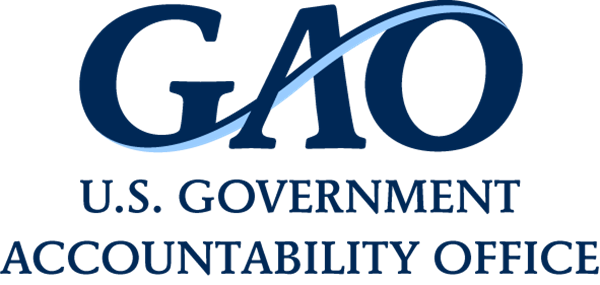2 Mississippi teachers get national recognition – By The Associated Press
Two Mississippi teachers have earned national recognition as recipients of the 2020 Presidential Awards for Excellence in Mathematics and Science Teaching.
Millicent Gunter of Bayou View Elementary in the Gulfport School District and Laura Bivins of Ann Smith Elementary in the Madison School District both teach mathematics and were announced as winners Wednesday in a news release.
“These teachers represent the best of the best,” said Dr. Carey Wright, state superintendent of education. “I join with their schools, districts and communities in congratulating them for receiving this well-deserved national recognition.”
The recognition is the highest award kindergarten through 12th grade mathematics and science teachers can get from the U.S. government.
Nominees complete a rigorous application process that allows them to demonstrate deep content knowledge and their ability to adapt to a broad range of learners and teaching environments. Teachers are selected based on their distinction in the classroom and dedication to improving STEM education.

The big-ticket item in Chicago’s COVID relief spending plan? Pay of current staff – By Mila Koumpilova, Chalkbeat
The federal government is funneling billions in COVID relief funding to help school districts respond and recover from the pandemic. In Chicago, new documents show, the district will use a hefty portion of that money on pay and benefits for thousands of teachers, lunchroom workers, and other staff already on the payroll.
Chicago is slated to put more of its federal pandemic dollars into footing the bill for pre-existing staff and programs than some other large Illinois districts. District officials say this spending is preventing disruptive layoffs and freeing up other resources that allowed it to boost how much campuses got per pupil for their budgets this school year.
CPS also plans to spend a chunk of the $1.8 billion in federal stimulus it received from the last funding round on new or improved after-school, summer school, tutoring, mental health and other programs. The spending plan it submitted to the state — the most detailed to date and obtained by Chalkbeat through a public records request — offers new insight into how the district proposes to make use of the money over the next two-and-a-half years.

Gunfire at schools just set a record. How can leaders keep kids safe? – By Matt Zalaznick, District Administration
A dangerous record has been broken as the beginning of 2021-22 saw the highest-ever level of gun violence at schools.
In at least 136 instances of gunfire this past fall, some 26 people were killed and 96 wounded. That’s the highest number in a five-month period since 2013, the year that Everytown for Gun Safety, a nonprofit committing to ending school violence, began tracking such incidents.
“It’s been a devastating first half of a school year, and without meaningful action from every level of government, more students and teachers will be shot, more communities will be traumatized, and more kids will spend their days worrying about gun violence instead of classes,” said Shannon Watts, founder of Moms Demand Action for Gun Sense in America, another school safety organization.
Nearly four years to the day since 17 students and staff were killed in a mass shooting at Marjory Stoneman Douglas High School in Parkland, Florida, new research from Everytown for Gun Safety paints a bleak picture of the lack of progress made in reducing the violence.
In all of 2021, there were at least 202 incidents of gunfire on school grounds, killing 49 and wounding 126, according to Everytown’s database.

The struggle over defining, reporting restraint and seclusion in schools – By Kara Arundel, K-12 Dive
In an effort to get more accurate data on restraint and seclusion practices in schools, the U.S. Department of Education is proposing revised definitions for Civil Rights Data Collection reporting.
The revisions come after education organizations, disability and civil rights advocacy groups, and the Government Accountability Office raised concerns about misreporting and problematic data in past CRDC collections, including some very large districts reporting very low rates of restraint and seclusion.
The revised definitions from the Education Department's Office for Civil Rights, however, have the potential to further confuse reporting efforts by school and district administrators and contribute to future misreporting, said leaders of the Council of Administrators of Special Education.
A major barrier to reporting accurate data is the differing definitions of physical restraint and seclusion at the state and federal levels, said Phyllis Wolfram, executive director of CASE.












